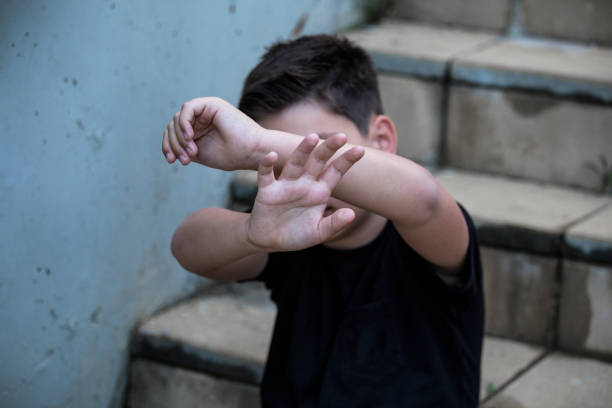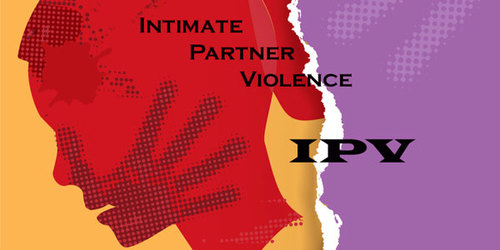Every year, about 1.6 million people die as a result of violence throughout the world. Violence is one of the top causes of mortality among persons aged 15–44 years old across the world, accounting for 14% of male fatalities and 7% of female deaths.
Examples of Violence
- Physical violence- When someone utilizes a portion of their body or an item to control another person’s activities, it is called physical violence.
- Sexual violence- When a person is forced to engage in sexual behavior against their will, this is known as sexual violence.
- Emotional Violence- When someone says or does anything to make someone feel foolish or worthless, this is referred to as emotional violence.
- Psychological violence- When someone uses threats and instills fear in others to obtain control, this is known as psychological violence.
- Spiritual (or religious) violence- When someone manipulates, dominates, or controls another person based on their spiritual beliefs.
- Cultural violence- When an individual is damaged as a result of actions that are part of her or his culture, religion, or tradition, it is referred to as cultural violence.
- Verbal abuse- When someone utilizes words, whether spoken or written, to injure another person, this is known as verbal abuse.
- Financial abuse- When someone takes control of or misuses a person’s financial resources without their consent.
What is the main cause of violence?
Frustration, exposure to violent media, violence in the home or community, and a tendency to view other people’s acts as hostile even when they aren’t, are all factors that contribute to violence.
How can youth stop violence?
Someone should be informed. Tell someone if you are a victim or witness of violence. It might be a friend, parent, teacher, coach, brother/sisters, or a neighbor you trust.
Take all forms of abuse and violence seriously. Keep in mind that many acts of violence and abuse are illegal.
Take a stand. If you see or hear any sort of violence or abuse, speak out, intervene, or yell that the perpetrator is the uncool one and that the violence must halt.
Be your own person. Consider your options. Don’t go along with the crowd or cave to peer pressure. Don’t engage in any sort of violence or abuse because some of your friends do.
Take control of the situation. To acquire authority, offenders use violence or abuse. By refusing to participate, you are transferring power from the criminal to the victim.
Remember that putting people down will not help you rise. There is never a valid cause to be aggressive or abusive to others.
Wrong 24/7. Violence and abuse of any kind, at any moment, is unacceptable. Period.
Be a friend to others. Encourage the individual who is being mistreated to engage in school activities to help them. The sense of being alone will vanish as a result of this.
Please spread the news. Make the individual who has been injured feel better and let them know that what happened was not fair or merited.
Stay cool. Try not to become enraged in the face of violence. Anger might exacerbate the situation.
What is the most prevalent kind of violence among youth?
Intimate partner violence (IPV) is a severe public health issue that affects a large number of adolescents and young adults between the ages of 10 and 24. In fact, it is perhaps the most common kind of youth violence, affecting children of all genders, races, socioeconomic classes, and sexual orientations.


